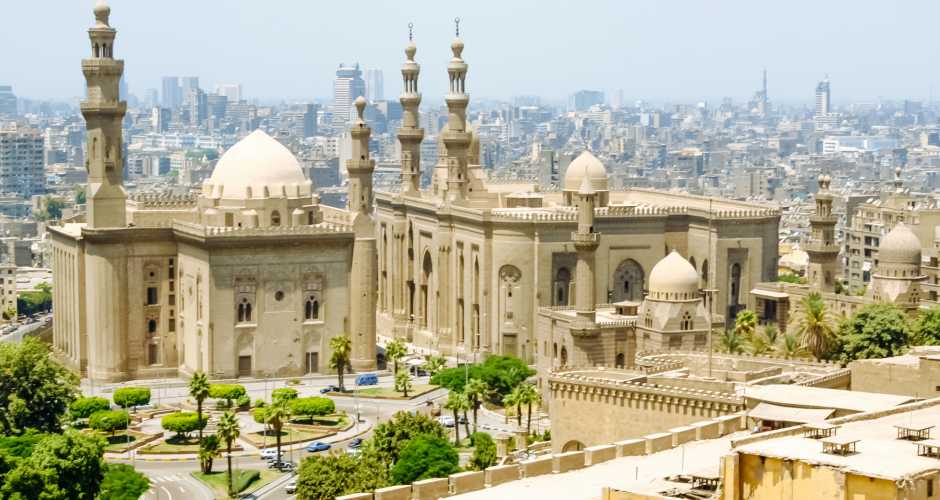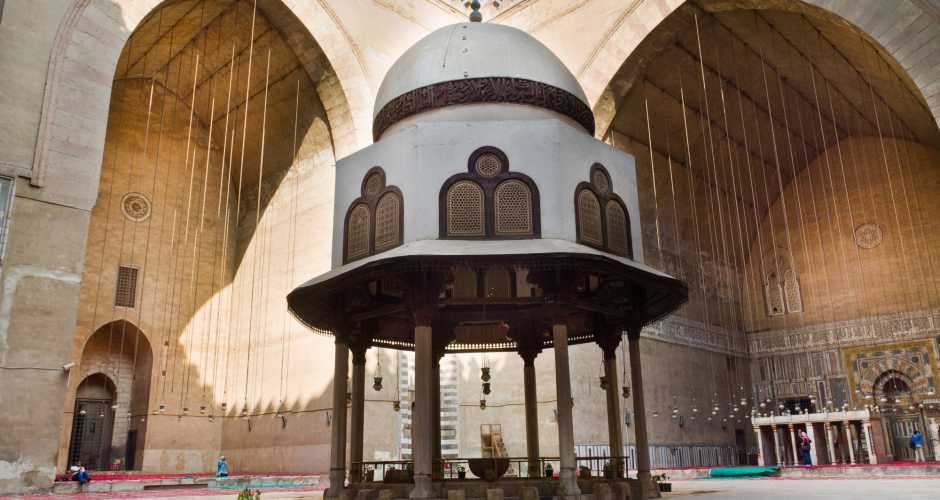- Home
-
Day tours
- Day tours
-
Marsa alam tours
-
Hurghada tours
-
El Quseir Tours
-
Makadi bay
-
Cairo Tours
- Cairo Tours
- Top Things in Cairo
- Siwa tours from Cairo
- Cairo Culture Tours
- Alexandria trips from Cairo
- Nile Cruises From Cairo
- Night Dinner Cruises in Cairo
- Sound and Light show Excursion
- Fayoum trips from Cairo
- Luxor Tours From Cairo
- white desert trips from Cairo
- Al Minya tours from Cairo
- Cairo Travel Packages
- Cairo Desert and Safari tours
- Aswan tours From Cairo
- Cairo Taxi Transfers
-
Luxor Tours
-
Portghalib tours
-
Sharm el Sheikh
-
El Gouna Tours
-
Aswan Tours
-
Sahl Hasheesh Tours
-
Soma Bay tours
- Safaga Tours
-
Airport Transfer
-
Tour Packages
- Tour Packages
-
Egypt Travel Packages
- Egypt Travel Packages
- Egypt Itinerary 4 Days
- Egypt Itinerary 5 Days
- Egypt Itinerary 6 Days
- Egypt itineraries 7 Days
- Egypt itineraries 8 Days
- Egypt Itinerary 9 Days
- Egypt Itineraries 10 Days
- Egypt Itinerary 11 Days
- Egypt Itineraries 12 Days
- Egypt Itineraries 13 Days
- Egypt Itineraries 14 Days
- Egypt Itineraries 15 Days
- Egypt Itineraries 16 Days
- Egypt Itineraries 17 Days
- Egypt Itineraries 18 Days
- Egypt Itineraries 19 Days
- Egypt Itineraries 20 Days
- Egypt Itineraries 21 Days
- Top Egypt Vacation Packages
- Egypt Cruises Packages
- Egypt Christmas Holidays
- Hurghada Holiday Packages
- Marsa Alam holidays packages
- Marsa Alam tour Packages
- Egypt Walking Holidays
-
Shore Excursions
- Egypt Nile Cruises
-
Egypt Attractions
- Egypt Attractions
-
Top Attractions In Luxor
-
Top attractions in Bahariya
-
Top Attractions In Fayoum
-
Top Attractions In Siwa
-
Top attractions in Sakkara
-
Top Attractions In Giza
-
Top Attractions In Aswan
-
Top Attractions In Alexandria
-
Top Attractions In Cairo
-
Attractions in Damietta
-
Top Attractions In Hurghada
-
Top Attractions in El Quseir
- Top attractions in Marsa Alam
- Top attractions in Al Minya
- Top attractions in El Gouna
- Top attractions in Sharm
- Contact us
-
Egypt Travel Guide
- Egypt Travel Guide
- Egypt tours Faq
- Egypt Itinerary 7 Days
- Best Tours in Marsa Alam
- Egypt Itinerary 8 Days
- Travel to siwa from Cairo
- Plan your trip to Egypt
- Is Egypt Safe to Visit
- Egypt Itinerary Planner
- The Best Winter Destinations
- Egypt Tour Packages guide
- The best Nile Cruises in Egypt
- Tips For visiting the Pyramid
- Foods You Need to Eat In Egypt
- The 10 Best Marsa Alam Tours
- Payment Policy
- White desert Tour packages
Mosque-Madrassa of Sultan Hassan
The Mosque-Madrassa of Sultan Hassan is regarded as the finest piece of early-Mamluk architecture era in Cairo, an age of architectural splendour. Story has it that the construction of this complex was a tedious and tragic process. The building is a massive example of Mamluk architecture, constructed during the 14th century reign of a sultan who was famous for his extravagant spending. The massive size of the building made it a spectacle in its day, but even modern visitors are certain to be impressed by its beautiful and imposing architecture.

The founder of this gigantic monument is the Sultan Hassan, son of the great Mamluke Sultan Al-Nasser Mohamed Ibn Qalawoun. Sultan Hassan ruled twice, the first time in 1347, when he was 13 years old, only to be dethroned by the other Mamluke princes and generals. The second time was in 1356A.D, and before he had time to put an end to the power of the princes and high officials, they revolted against him, attacked by the chief of the army with other generals. It said that he escaped from the Citadel and hid in Cairo, but he was found and imprisoned, never to be seen again! Most probably he was murdered 16 years after his ascension to the throne. He left behind 10 sons and 6 daughters.

The Sultan Hassan ordered that Prince Mohamed Ibn Baylik Al-Muhssani supervise the construction of this Madrassa in 1361A.D, and the work continued for 4 years. The Mosque was almost complete when Sultan Hassan disappeared, it is rumored he was killed. It was finished by one of his functionaries, Bashir Al-Gamdar. The site of the Madrassa was previously known as Souk Al-Khayl, or the Horses Market. The Madrassa was built of stones, but some internal parts and details were built of bricks, faced with stones.

The Madrassa-Mosque resembles a cruciform (the shape of a cross), with an open courtyard surrounded by 4 iwans. An iwan is a vaulted hall with three high walls and an opening where the fourth wall should be. It contains 4 Madrassas (religious schools) and is 7,906 square meters large. Its many sides make it quite distinguishable. It has 4 facades with the 2 main ones being most important.The northeast facade is 145m long and 38m tall! Its sheer wall has 4 pairs of windows set vertically, and at the top of the wall is a massive cornice of 5 layers of stalactites, projecting about 1.5m.The mosque's sahn (court) is almost square, about 34m long and 32m wide, with a large ablution fountain in the center. It's covered with a wooden dome, carried on 8 marble columns and around its capital it is decorated with a band of inscriptions of The Qur'an (the verse of Al-Kursi). At each corner of the sahn is a door that leads to one of the 4 madrassas; the biggest one being the Hanafiyya Madrassa, which occupies an astonishing 898 square meters.
